
Yuri Brockett
@yuri_brockettAfter working at the Japanese Embassy in Tokyo, she moved to the US with her family when her husband studied at a graduate school. In New York, she taught Japanese at a university while raising her children, and then moved to Seattle to study design. She worked at an architecture firm before moving to her current position. She is drawn to the world of children's books, architecture, baskets, stationery, kitchenware, travel, handicrafts, and things that get better and tastier with age. She lives in Bellevue, Washington.
February 2015 Update
Stories from This Author

Chapter 4: Concentration Camps in the Wilderness: 1942-1946 — Part 2
June 1, 2015 • Yuri Brockett
Read Chapter 4 (1) >> Loyalty Registration After The purpose of the loyalty registry was to separate those who were loyal to America from those who were not, to encourage those confirmed as loyal to America to serve in the military or to return quickly to American society through work or studies, and to isolate those deemed disloyal. However, the poorly designed questionnaire caused anxiety and confusion in the camps, so question 27, "Are you willing to serve in the …
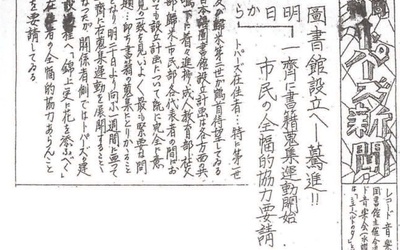
Chapter 4: Concentration Camps in the Wilderness: 1942-1946 — Part 2 (1)
May 25, 2015 • Yuri Brockett
Read Chapter 3 (6) >> The other day, after the school lesson was over, I headed to a bakery I'd never been to before. I took a bus and walked using a map app. It took nearly an hour to get there. My dream is to have my own bakery. From next spring, I plan to begin my training at a local bakery. During this preparation period, These days, I visit many bakeries. I'm researching to see if I can …
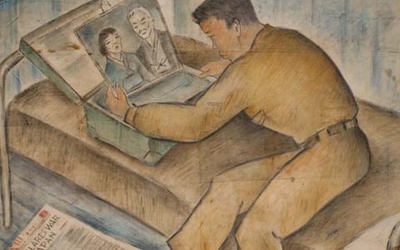
Chapter 3: Concentration Camps in the Wilderness: 1942-1946 — Part 1 (6)
May 18, 2015 • Yuri Brockett
Read Chapter 3 (5) >> Fresh air, a taste of freedom Yoshiko's father and mother received special permission from the relocation bureau to visit her father's mother and sister in Heart Mountain. Living like a caged bird unconsciously builds up a kind of sediment in the body and mind. Yoshiko was surprised by the state of the two when they returned. Seeing his mother and sister for the first time since the war began restored my father's energy immeasurably. But …

Chapter 3: Concentration Camps in the Wilderness: 1942-1946 — Part 5
May 11, 2015 • Yuri Brockett
Read Chapter 3 (4) >> 2. 1943 Children's daily life—Winter For the past month, the adults at Heart Mountain, including the administration and Japanese Americans, have been working together to build an ice rink by spraying water from fire hoses in several depressions within the camp. The long-awaited opening of the rink was on January 19th. The temperature had started to drop the week before, and on the opening day it recorded -33°C. Despite the extreme conditions, the adults worked …
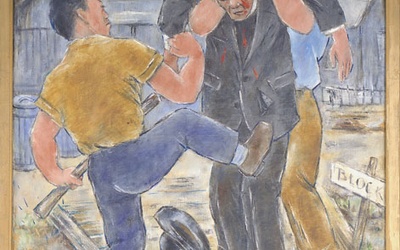
Chapter 3: Concentration Camps in the Wilderness: 1942-1946 — Part 1 (4)
May 4, 2015 • Yuri Brockett
Read Chapter 3 (3) >> Helping with the harvest — late autumn It is also a fruitful autumn. It is harvest season, but farms in California, Arizona, Idaho, and Wyoming are suffering from a labor shortage. The people who used to help with the harvest have been drafted into the military or moved to cities that are booming with the military demand, so there is no one left. The governor, who is in a difficult position, appeals to his local …

Chapter 3: Concentration Camps in the Wilderness: 1942-1946 — Part 3
April 27, 2015 • Yuri Brockett
Read Chapter 3 (2) >> September without school - Autumn The American school year ends in June, and after a long summer vacation of about three months, a new start begins in September. In September, children are given new clothes to match their height, which has increased over the summer, as well as notebooks and pencils, and look forward to reuniting with friends they have not seen for a long time. However, in September 1942, things were different for the …
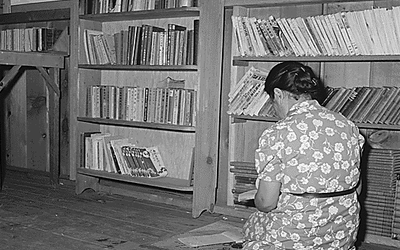
Chapter 3: Concentration Camps in the Wilderness: 1942-1946 — Part 2
April 20, 2015 • Yuri Brockett
Read Chapter 3 (1) >> Community libraries as seen through camp newspapers Initially, each camp published a mimeographed newspaper, which played an important role in delivering everything from notices from the WRA to community news to each household. The WRA also subjected this newspaper to thorough censorship three times: when the manuscript was compiled, when it was written on wax paper with a stylus or typewriter, and when it was printed. Manzanar had a newspaper called the Manzanar Free Press, …
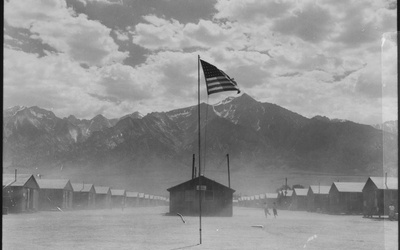
Chapter 3: Concentration Camps in the Wilderness: 1942-1946 — Part 1
April 13, 2015 • Yuri Brockett
Read Chapter 2 (6) >> Once again, with preparations for their arrival incomplete, the Army decided to move the Japanese from the "assembly center" to a "relocation address" inland, far from civilization. After two days of sitting on hard seats in old, unused trains with the window shades down and covered in soot, the Japanese finally arrived at Minidoka from the Puyallup temporary camp, only to be greeted by a desert and sandstorm as far as the eye could see. …
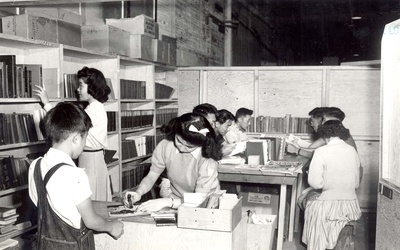
Chapter 2: The "Assembly Camp" Concentration Camp: From Spring to Fall 1942 (6)
April 6, 2015 • Yuri Brockett
Read Chapter 2 (5) >> 5. Towards the establishment of a library Movements to establish libraries began in each camp. Margaret Baba Yasuda, who was 17 years old at the time and was involved in the establishment of the library at the Puyallup camp, described the process as "a grassroots movement, volunteer work, and the result of people thinking that they had to do something rather than rot in the camp." 1 In the case of the Tanforan and Portland …
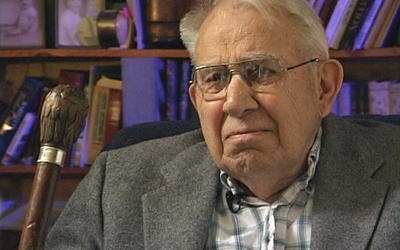
Chapter 2: The "Assembly Camp" Concentration Camp: From Spring to Fall 1942 (5)
March 30, 2015 • Yuri Brockett
Read Chapter 2 (4) >> Visitor One day, a messenger arrives at high school student Frank Yamasaki's barracks to tell him that he has a guest from outside. It seems that it wasn't raining in Puyallup that day. I wondered who it might be, and when I went there, I found out it was a teacher from Queen Anne High School. I wasn't particularly close to the teacher, so I was a little surprised. We shook hands and started walking, …


